ECTS:
6
Περίγραμμα Μαθήματος

e-Class
Μετά το τέλος του μαθήματος οι φοιτητές θα πρέπει να μπορούν να κατανοήσουν και να εξηγήσουν την επιχειρηματική διαδικασία των εξαγορών και συγχωνεύσεων, τι οδηγεί τη στρατηγική εξαγορών και συγχωνεύσεων, πως επιλέγεται η εταιρία-στόχος, τι καθορίζει την αποτίμηση και τις διαφορετικές μεθόδους που αυτή μπορεί να γίνει, πως γίνεται η διαπραγμάτευση, ποιος ο ρόλος του κάθε ενδιαφερόμενου μέρους και τους παράγοντες που οδηγούν σε μία επιτυχημένη εξαγορά ή συγχώνευση. Επιπλέον, θα μπορούν να καταλάβουν τα κίνητρα των αγοραστών και των πωλητών, το ρόλο των επενδυτικών τραπεζών, των συμβούλων και των χρηματοδοτών.
Καθηγητές
Επιλέξτε για να δείτε περισσότερες πληροφορίες για κάθε καθηγητή.
| Όνομα | Τίτλος | |
|---|---|---|
| Δρυμπέτας Ευάγγελος | Καθηγητής | edrimpet@econ.duth.gr |

